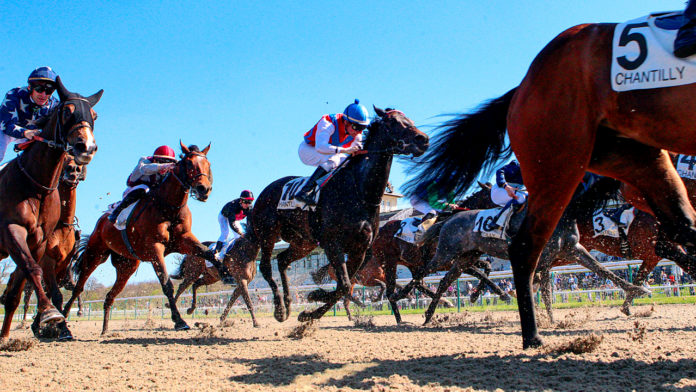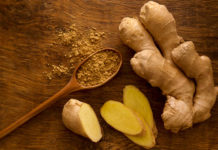When a sprinter runs 100m at the Olympic Games, they are taking the final steps in a long journey. The process to get them to the start line in competitive condition takes months of work, if not years.
Any athlete you see performing at the top of their game will have a strict conditioning regime. Diet, fitness, and training are key elements in the preparation of any sports person seeking to maximise their performance.
The same is true for non-human athletes, of which racehorses are the prime example. No successful racehorse achieves glory through natural ability alone, and preparation for competition is constantly ongoing.
Conditioning and training are so important that many punters will research each horse’s training routine before placing any bets. Previous race form only tells so much, a close look at how the horse is training can reveal much more.
Where the difference between winning and losing can be measured in inches, serious racing punters understand training information is key. This knowledge puts them at a great advantage when placing bets on trusted horse racing betting sites and many a punter have won huge pay-outs, through attention to the small details. Of course, nothing is every guaranteed in this game, but knowledge is power when it comes to betting.
Getting a horse in shape for racing begins at a very early age, often as young as one year old. There is a fine balance, as horses’ bodies are still developing at this age and certain training can affect this.
One of the most recent developments in racehorse conditioning has been an attempt to lower this risk with “pre-training” systems. Memhet Kurt’s futuristic “Kurtsystem” allows careful monitoring and preparing of young horses in the important months before full training starts.
Once full training begins, the top trainers have a number of techniques and programs in place at their stables. These are used in scientifically prescribed combinations to ensure each horse reaches pinnacle form at the right time.
Slow-speed conditioning
For the first few weeks of any training program, stables will always focus on what is called slow-speed conditioning. In this, the focus is not on achieving the quickest runs, but on building energy levels and strengthening cardiac processes.
These goals are achieved with sessions of trotting, or slow cantering, for long distances to promote aerobic production of ATP. The distances covered are gradually lengthened over two or three weeks to slowly increase the horse’s stamina and energy.
How long a horse remains in this program will depend on the individual and the details of its upcoming races. Adaptation of skeletal muscle, aerobic capacity, and limb strength can all be improved through slow-speed conditioning.
High-speed conditioning
When a horse is ready, high-speed conditioning will be slowly introduced, usually interspersed with more days of low-speed conditioning. It is in this training you find the biggest variety in styles and programs between trainers and locations.
Some trainers set a static distance and gradually run the horse at increasing speeds over that distance. Others quickly get the horse to run at near maximum speed for a short length, then gradually increase the distance.
There are also varied opinions about how often high-speed days should be used for maximum benefits. In North America, 75% speed once every seven days is preferred to the near-maximum speed every five days used elsewhere.
The target of trainers is to stimulate maximum anaerobic production of ATP without overtraining, or tiring, the horse. Many English trainers add gradients to high-speed programs, helping to increase fast-twitch muscle fibres without pushing for maximum speeds.
Interval training
A technique used by some trainers involves running several conditioning programs on the same day with short rests between. Research into the effects of this is limited, but it is believed it may alter muscle fibre type.
Modern monitoring and assessment techniques and technology will better determine the effects of interval training as it is used more. Once trainers have this data, we may see intervals become more commonplace, or drop out of use entirely.
Overtraining and detraining
Something modern data gathering technology has helped with massively in recent years is helping to prevent overtraining. The goal of any trainer is to have their horse in peak condition for racing without causing fatigue or injury.
In years gone by, the point of overtraining would need to be estimated by the trainer using experience and instinct. Today, scientific and technological advances mean every part of a horse’s body can be closely monitored for fatigue or stress.
Similarly, the effects of detraining, when a horse is forced to rest through injury or illness, can be better understood. Knowing at what level to reintroduce training programs is a huge benefit for time, planning, and avoiding repeated setbacks.
Diet
The other essential part of a horse’s conditioning, whether in general training or recovery, is controlling what it eats. A racehorse requires around 35,000 calories a day during training and competition seasons.
Racehorses require huge amounts of fat, for slow-release fuel, and glycogen, for quick release during races. They must also stay hydrated; they can lose up to eight gallons of water through sweat when running.
A high fat, high fibre, and high protein diet is carefully and scientifically planned for each horse. Forage foods like grass and hay are combined with grains, including barley, corn, and oats, to create the ideal balance.
Ready to race
As you can see, the process for getting a racehorse in shape for competition is long, complex, and never stops. How a trainer conditions their horses is a crucial factor in the likelihood of their success.
So, next time you place a bet on the big race, perhaps check how the horse is training first.

















